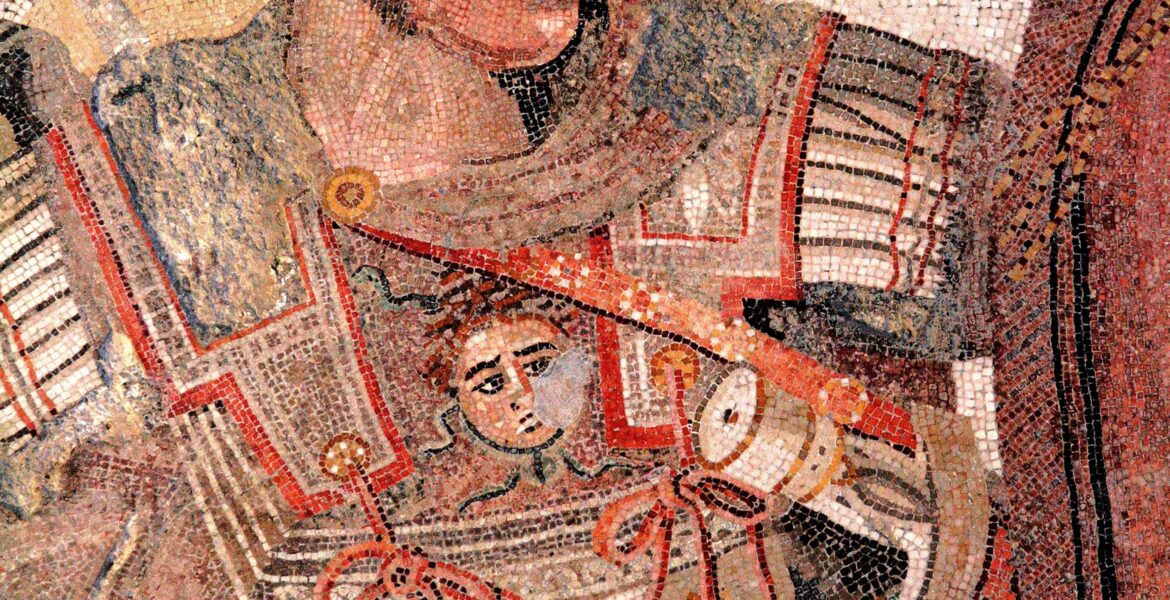A remarkable finding has emerged from a team of archaeologists led by Antonis Bartziokas at Democritus University of Thrace, who claim to have identified the sacred “chiton” or tunic of Alexander the Great. This announcement has stirred excitement across the archaeological field.
Published in the Journal of Field Archaeology, the discovery involves a piece of purple fabric found in a royal tomb in Vergina, located in Macedonia, northern Greece. The fabric was uncovered in the golden ossuary of Tomb II, accompanied by the remains of a man and a gold wreath.
The fabric, identified as a sarapis—a type of woven purple robe traditionally worn by Persian kings and later adopted by Alexander—underwent thorough analysis. It was revealed to be crafted from cotton, which was highly uncommon for that era, and dyed in royal purple. Researchers also detected the presence of chondrite, a lustrous white mineral typical in ancient Persian textiles, within the fabric.
These findings imply that the fabric was part of a royal garment with eastern influences, potentially acquired by Alexander. This discovery is poised to alter the interpretation of the tomb’s contents, suggesting that several items may have belonged to Alexander himself rather than his father, King Philip II of Macedon.

